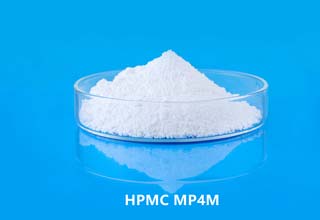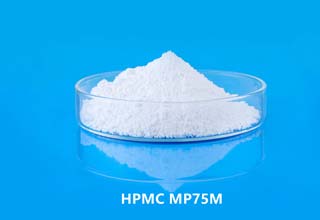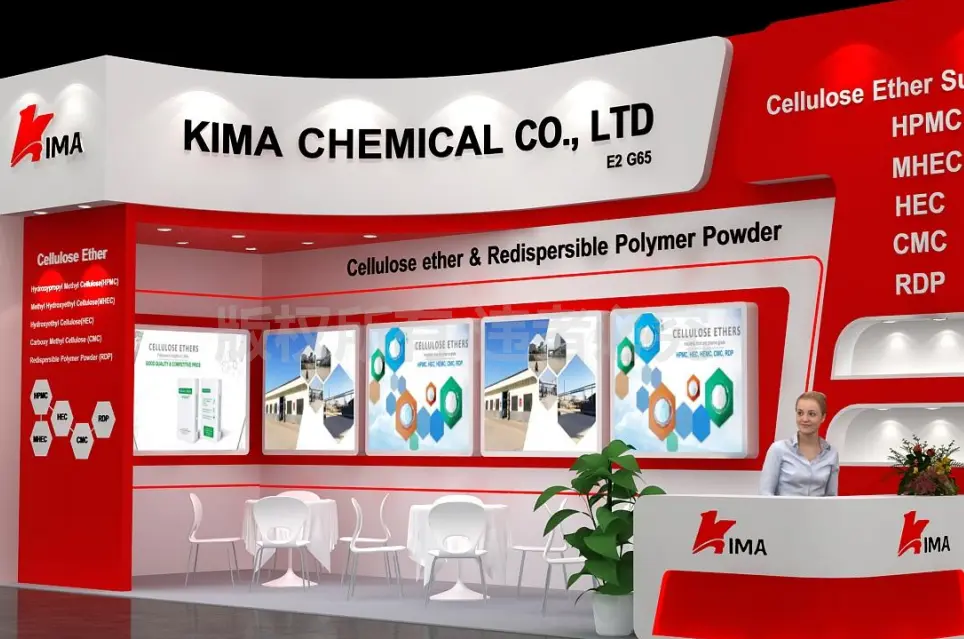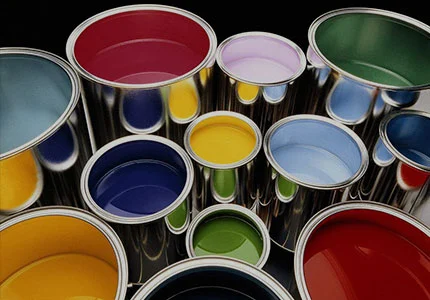KimaCell® HPMC MP200M is hydroxypropyl Methyl cellulose ether with the highest viscosity for dry mixed mortar. A new type of mortar plasticizer is obtained by compounding a cationic surfactant with certain plasticizing, thickening and water-retaining functions and an appropriate amount of hydroxypropyl methylcellulose ether. It can form lasting foaming and stabilizing ability, and the small spacing can obviously improve the workability of mortar, and can quickly disperse cement particles, accelerate cement hydration reaction, improve mortar strength, frost resistance and impermeability, and reduce mortar shrinkage.
HPMC MP200M is water-retaining thickener is an essential component of ready-mixed mortar. In drymix mortar, hydroxypropyl methyl cellulose is generally selected KimaCell® HPMC MP200M, and the water retention rate can be increased to more than 90%. The method of HPMC use in dry mortar is to add water directly after the dry powder is evenly mixed. The high water retention of HPMC MP200M can fully hydrate the cement, significantly increase the bond strength, and at the same time appropriately increase the tensile and shear strength. HPMC MP200M can greatly improve the construction effect and improve work efficiency.
 English
English 日本語
日本語 français
français Deutsch
Deutsch Español
Español italiano
italiano русский
русский português
português العربية
العربية Türkçe
Türkçe Nederland
Nederland
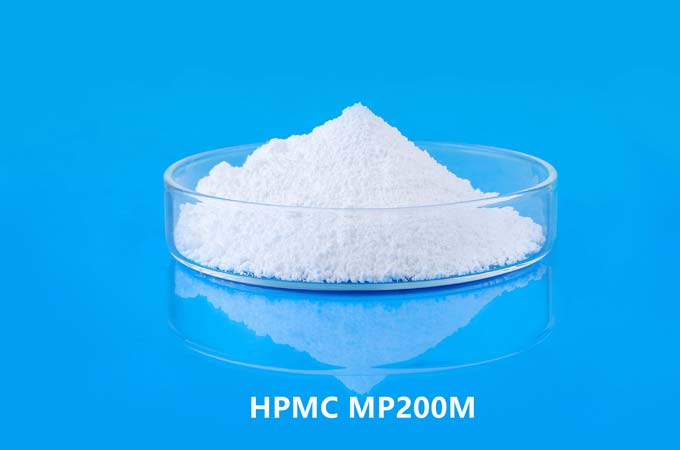
 HPMC MP200M Material Safety Data Sheet
HPMC MP200M Material Safety Data Sheet 